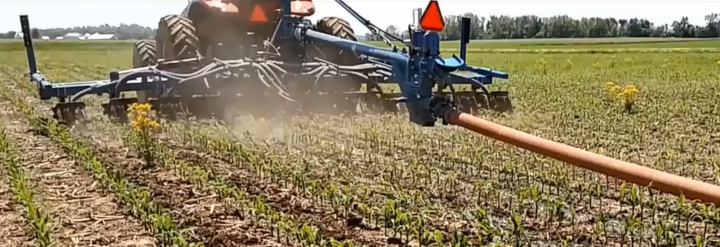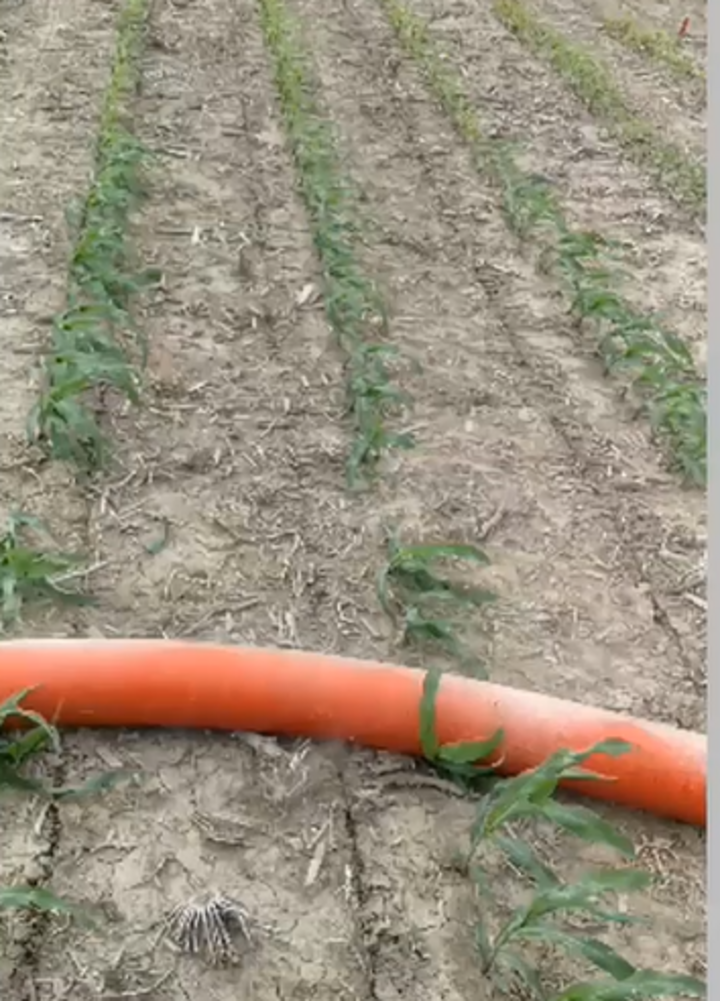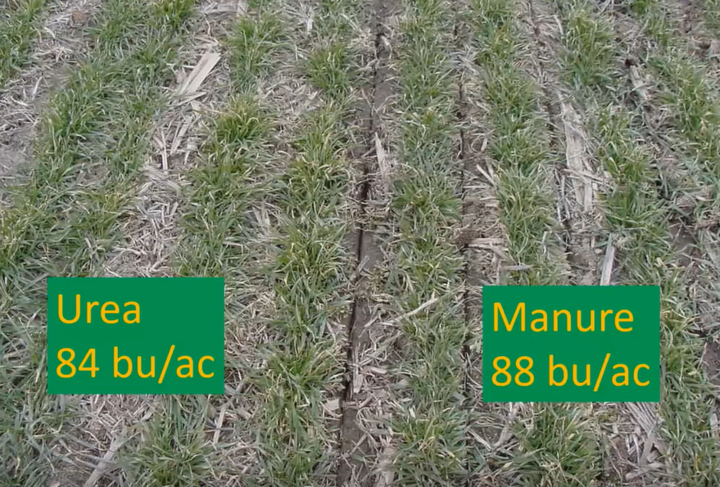Extending the Manure Application Window: Post Plant Experiences
Extending the window for manure application offers many possible advantages. One can reduce some of the labor and equipment challenges associated with busy spring application windows as well as deliver nutrients to the crop more closely timed to the crop’s nutrient’s needs. Glen Arnold, Extension Specialist at Ohio State University, and Melissa Wilson, Extension Specialist at University of Minnesota recently met with a Nebraska audience to share field experiences in their states to expand the manure application window.
We will summarize Ohio’s experiences with side-dressing manure on corn and wheat without yield loss. You may also watch Glen’s 20-minute recorded video. More on the Minnesota experiences for extending fall application will be shared later.
Side-dressing Manure on Corn
Content of this article is based upon field research led by Glen Arnold, Ohio State University Associate Professor for manure nutrient management. Additional information can be viewed on Facebook at facebook.com/OSUnutrients/Ohio commercial applicators are using drag-hose systems and slurry tanks for surface application and injection of manure on growing corn (Figure 1). The first commercial swine Ohio farm that used the drag-hose in growing corn started this practice in 2014 and has compiled, with Ohio State University assistance, six years of replicated field research comparing side-dress manure and 28% UAN. Manue plots have averaged 201 bu/ac versus 183 bu/ac for UAN side-dressing. The farmer applies swine finisher manure every other year to meet corn N requirements and finds that the phosphorus for the two years of corn and soybean to be almost perfectly balanced. With Lake Erie algae blooms being critical to northwest Ohio livestock producers, using manure with growing crops makes financial and environmental sense.

This growing crop application window is becoming common among Ohio commercial applicators and farmers. As you drive through Ohio today, you may spot fields planted on the diagonal. Those fields are to receive manure because of the planting directional compatability with the preferred driving pattern for drag-hose equipment. Some farms are experimenting with drag-hose application traveling the same direction as traditionally planted corn. This method require extra equipment, such as a hose humper or hose wrangler, and an additional operator.

Towed hose application on growing corn works best in no-til fields with firmer field surface. Soft spring tilled fields do not always perform and corn damage from the hose is more common. Farms with their own tank wagons are also surface applying and injecting manure with equal success. Their primary challenge results from compaction from the heavy manure tanker in some situations.
Does the Drag-Hose Damage Corn?
As this practice was first being tested in the field, OSU initiated field research evaluating stage of corn growth that could withstand the drag hose without yield loss. Five years of evaluation suggests that the break point is near the V4 stage of growth. Note below that V3 yields are always equal to plots with no drag-hose. V4 corn exposed to a drag-hose, on average, performed similarly. V5 corn showed a significant loss. Yields can be maintained with the drag-hose application method until corn passes the V4 stage of growth.
| 2014 | 2015 | 2016 | 2017 | 2018 | Average | |
|---|---|---|---|---|---|---|
| Rainfed Yield (bushels per acre) | ||||||
| No Drag-Hose | 145 | 167 | 145 | 164 | 218 | 170 |
| V1 | 154 | 166 | 150 | 162 | 218 | 170 |
| V2 | 158 | 165 | 141 | 160 | 218 | 168 |
| V3 | 154 | 172 | 144 | 172 | 216 | 172 |
| V4 | 150 | 165 | 152 | 166 | 202 | 167 |
| V5 | 110 | 124 | 126 | 122 | 133 | 123 |
Other Opportunities?

Glen also shared experiences with side-dressing of swine manure onto wheat using a grassland applicator toolbar producing two inch deep slices. Their experience suggested equal or slightly greater yields for wheat despite the slices. Their overall experience suggested that yields remain typically unchanged for side-dressing of wheat with surface manure application, injected manure, and urea fertilizer.
Want to Learn More?
Additional information, including multiple videos of side-dress application, can be viewed on the Ohio State University Manure Management Facebook page.
This article was reviewed by Glen Arnold, Ohio State University and Troy Ingram, University of Nebraska